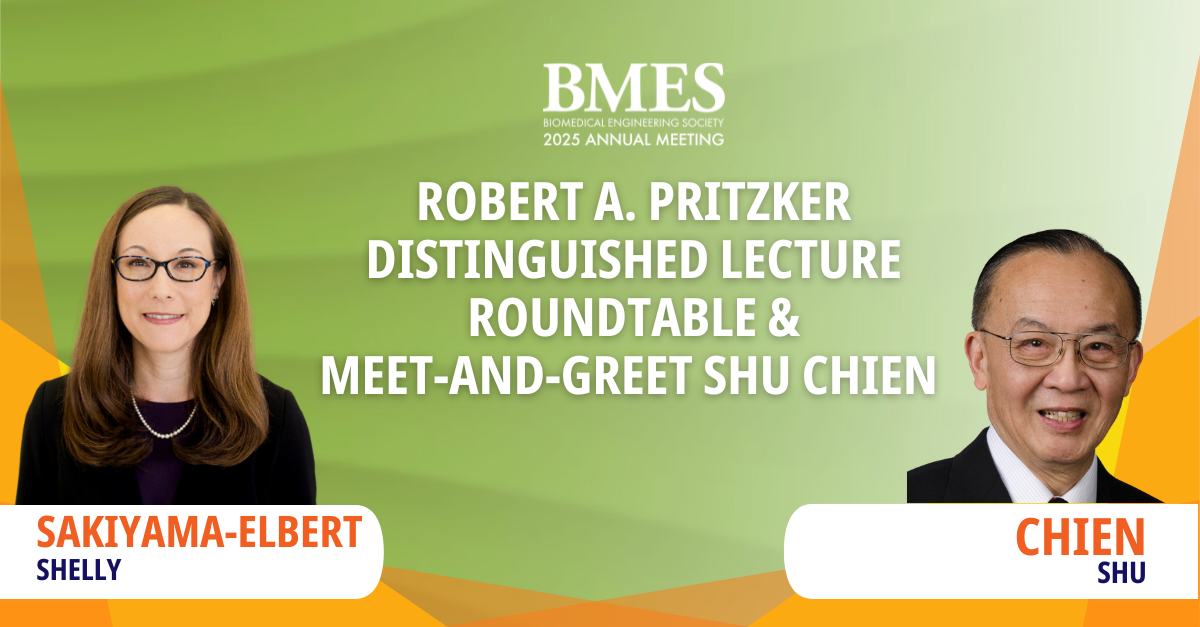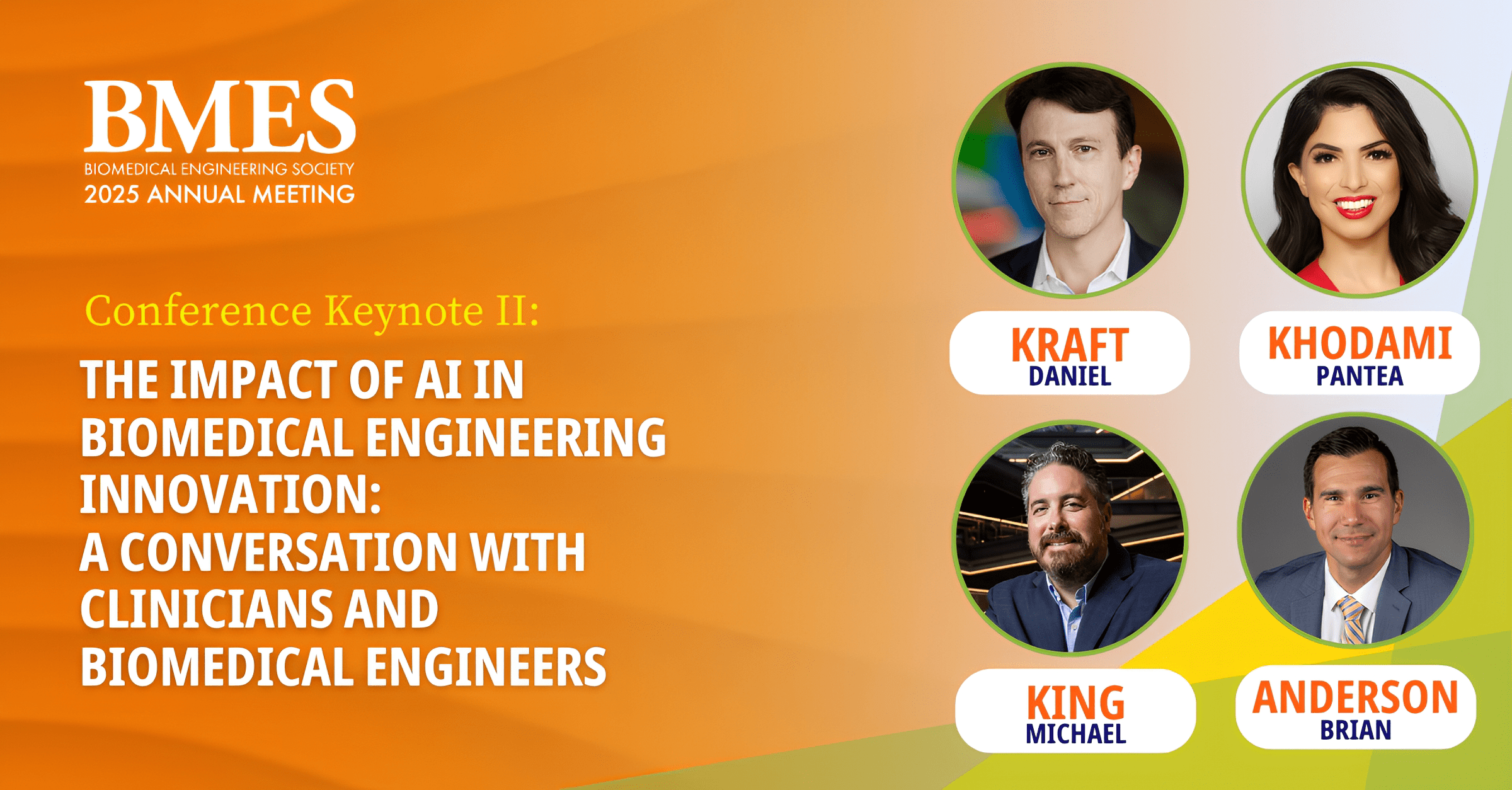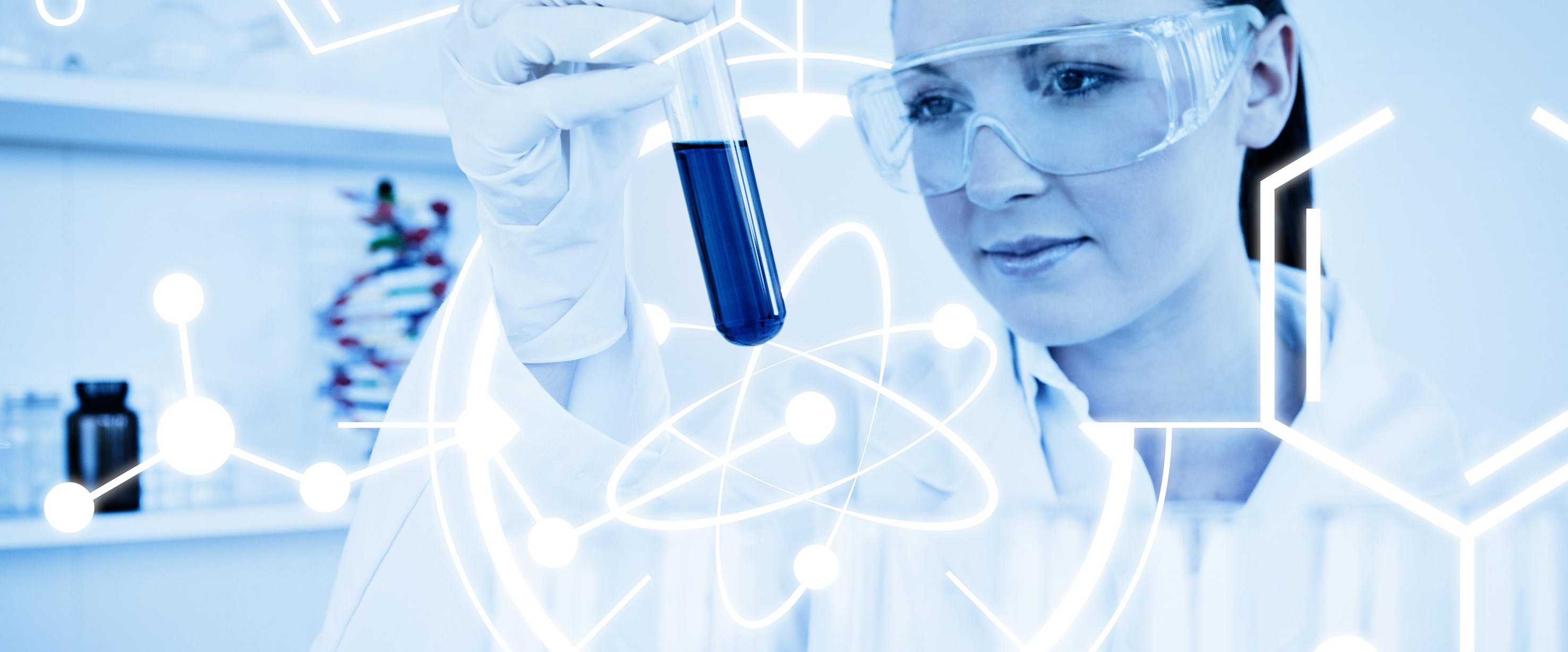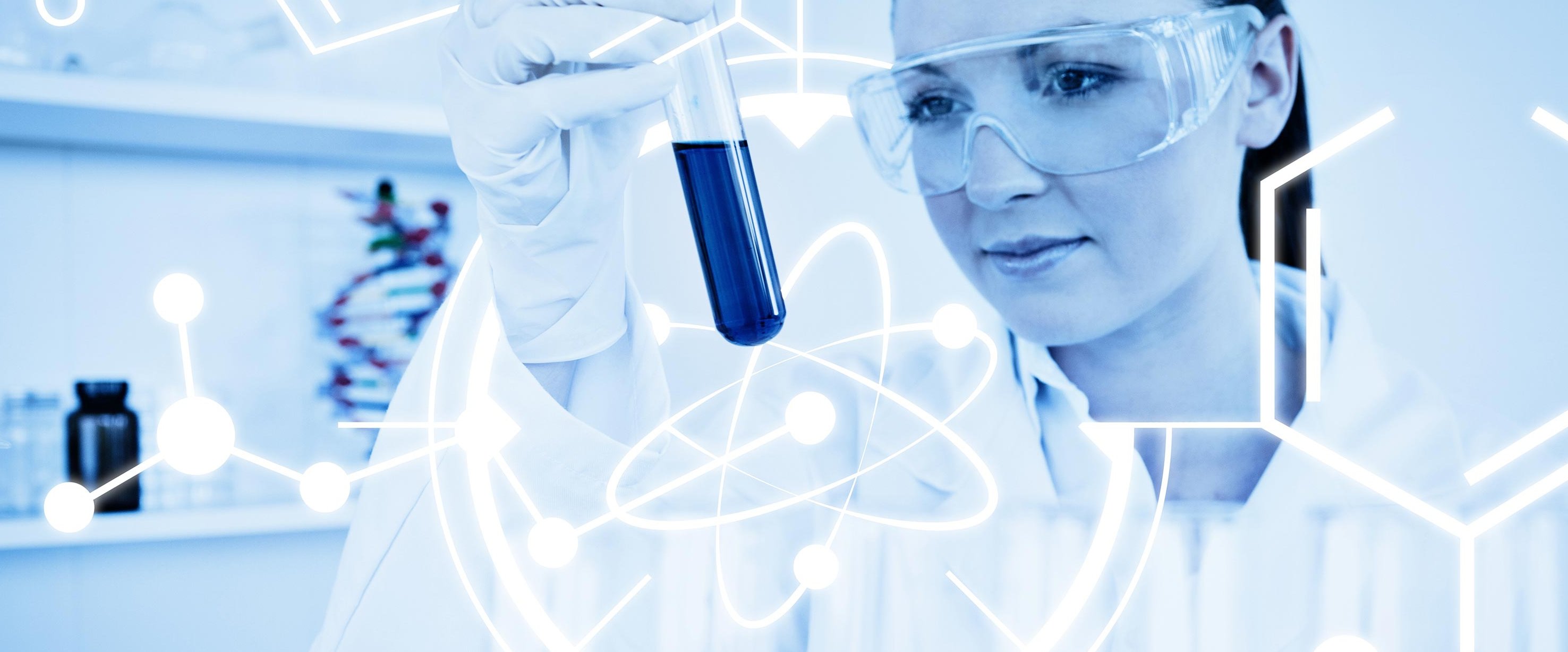Watch Now: Robert A. Pritzker Distinguished Lecture Roundtable & Meet-and-Greet Shu Chien
As the biomedical engineering community continues to evolve, the need for forward-looking dialogue around research, innovation, and funding has never...
BMES serves as the lead society and professional home for biomedical engineers and bioengineers. BMES membership has grown to over 6,700 members, with more than 110+ BMES Student Chapters, three Special Interest Groups (SIGs), and four professional journals.
Welcome to the BMES Hub, a cutting-edge collaborative platform created to connect members, foster innovation, and facilitate conversations within the biomedical engineering community.
Discover all of the ways that you can boost your presence and ROI at the 2024 BMES Annual Meeting. Browse a range of on-site and digital promotional opportunities designed to suit any goal or budget that will provide maximum impact.
1 min read
BMES 03/02/2020
Biomedical engineers at the UConn School of Dental Medicine have developed a handheld 3D bioprinter that could change the way musculoskeletal surgical procedures are performed, the university reports.
The bioprinter, developed by Dr. Ali Tamayol, associate professor in the School of Dental Medicine biomedical engineering department, enables surgeons to deposit scaffolds—or materials to help support cellular and tissue growth—directly into the defect sites within weakened skeletal muscles, according to the article. Tamayol is a BMES member.
Tamayol's research was recently published in the American Chemical Society journal.
“The printer is robust and allows proper filling of the cavity with fibrillar scaffolds in which fibers resemble the architecture of the native tissue,” Tamayol said in the article.
The scaffolds from the bioprinter adhere precisely to the surrounding tissues of the injury and mimic the properties of the existing tissue— eliminating the need for any suturing.
Current methods for reconstructive surgery have been largely inadequate in treating volumetric muscle loss, according to the article. As a result, 3D printing technology has emerged as an up and coming solution to help reconstruct muscle.
Currently there is no good solution for patients who suffer volumetric muscle loss, according to the article. A customizable, printed gel establishes the foundation for a new treatment paradigm and can improve the care of trauma patients.
Read more HERE.

As the biomedical engineering community continues to evolve, the need for forward-looking dialogue around research, innovation, and funding has never...

As federal research funding landscapes continue to shift, many in the biomedical engineering community are facing growing uncertainty and widening...

Artificial intelligence is redefining the future of biomedical engineering—revolutionizing diagnostics, advancing personalized medicine, and...

Biomedical Engineering Education is a new BMES journal to be published by Springer. To serve the BMES educational community during the COVID-19...

University of Arkansas researchers recently won a $145,000 award from the Department of Defense to study whether metabolic changes in tissue could...